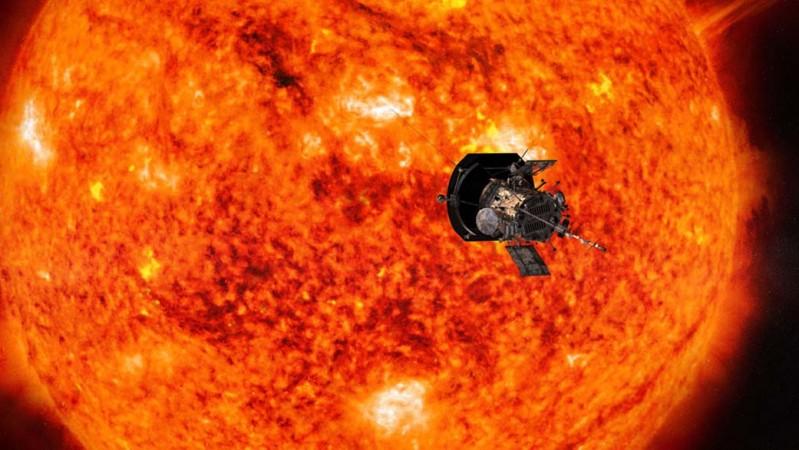
As we all know, NASA never ceases to surprise the earthlings with "humanity's first-ever" and now they are planning to launch a mission that would touch the sun for the first time ever. Reportedly the spacecraft will reach the sun in a little more than one month.
The American space agency has recently announced that the Parker Space Probe is slated to be launched at 4 a.m. on August 4. The spacecraft has been named after the famous astrophysicist, Eugene Parker. Reportedly, the spacecraft is as big as a small car and according to NASA, it will make an attempt to enter the Sun's atmosphere and withstand "heat and radiation unlike any spacecraft in history."
"This probe will journey to a region humanity has never explored before. This mission will answer questions scientists have sought to uncover for more than six decades," stated Thomas Zurbuchen, the associate administrator for the Science Mission Directorate at NASA.
The aim of this mission is to improve the future forecasts of space weather events, which not only affects life on Earth, but also the satellites, space stations and astronauts.
According to the space agency, the Parker Solar Probe would move so fast that at the time of closest encounter with the sun its speed will be around 430,000 mph – that's like traveling from Washington D.C. to Tokyo in less than a minute, points out NASA.
"Parker Solar Probe, about the size of a small car, will provide unprecedented information about our Sun, where changing conditions can spread out into the solar system to affect Earth and other worlds. The spacecraft will fly directly into the Sun's atmosphere where, from a safe distance of approximately 4 million miles from its surface, the spacecraft will trace how energy and heat move through the Sun's atmosphere and explore what accelerates the solar wind and solar energetic particles," explained NASA.
Chandrasekhar Effect?
Physicist Eugene Parker, in the 1950s, had examined and recommended the concepts regarding how stars, including our sun, give off energy in the form of "solar wind." He was the one to come up with a theory, which explained how the sun's corona is hotter than its surface. No wonder, it is the first time NASA has named a spacecraft after a living person.

Parker developed the theory on the supersonic solar wind and predicted the Parker spiral shape of the solar magnetic field in our solar system, a model that was not immediately accepted by the astronomical community and his paper was rejected by the reviewers of the Astrophysical Journal. The credit goes to its editor, Subrahmanyan Chandrasekhar, who overruled the reviewers and went ahead to publish Parker's paper.
When verified ten years later, his models helped shape the understanding of the solar corona, the solar wind, the magnetic fields of both the Earth and the Sun, and their complex electromagnetic interactions.
He authored the book 'Cosmical Magnetic Fields' and his recent work in 1987 proposed that the solar corona might be heated by myriad tiny "nanoflares" that would occur all over the surface of the Sun.











!['You will be okay..': Hina Khan gets teary-eyed as Salman Khan gives her strength to fight cancer [Watch]](https://data1.ibtimes.co.in/en/full/806680/you-will-be-okay-hina-khan-gets-teary-eyed-salman-khan-gives-her-strength-fight-cancer.jpg?w=220&h=138)



